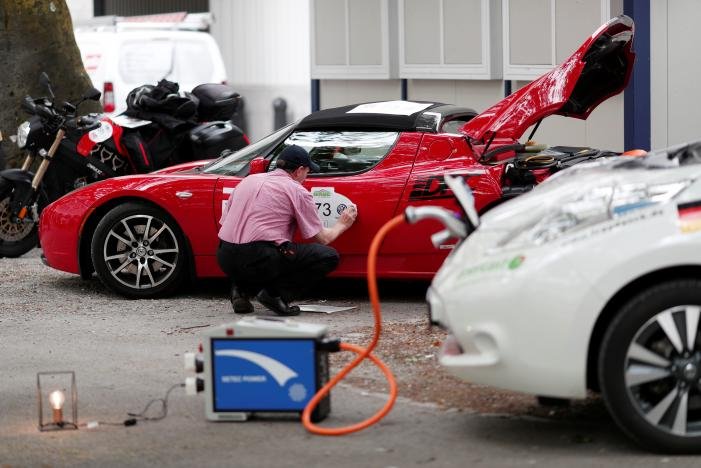A 10,000MW solar initiative has also been announced by Prime Minister, and the first 600MW of generation capacity will be put up for bid by the end of May.

Pakistan’s 2030 vision aims to eliminate dependence on fossil fuels and increase the proportion of electric vehicles to 30% in order to achieve the Alternative Renewable Energy (ARE) goal of 60% by the end of 2030.
It was discussed at the USAID-hosted Future Energy Asia Conference 2023 in Bangkok, which a Pakistani delegation attended. The delegation included Shah Jahan Mirza, managing director of the Private Power and Infrastructure Board (PPIB), Amjad Majeed Khan, director of the Alternative Energy Development Board (AEDB), and federal minister of energy.
Emerging Clean Energy Investment Opportunities in Pakistan was the conference’s topic. The National Electricity Policy 2021’s objectives and Pakistan’s transition to clean energy were emphasised by the energy minister.
These objectives, which align with the Sustainable Development Goals (SDGs), are to be accomplished by 2030. He discussed the advancements made by Pakistan, whose clean energy mix has now reached 6% with a 2,436 megawatt installed capacity.
The delegation from Pakistan emphasised the value of solar and wind energy projects and the potential that the Sindh wind corridor held to aid in the switch to Alternative Renewable Energy.
The minister emphasised that although Pakistan contributed only 0.8% of the world’s greenhouse gas emissions, it was among the top ten most vulnerable nations to climate change.
He said, “Pakistan is a victim of pollution released by others. Gul Ahmed and Metro wind projects, which each have a capacity of 50 megawatts, are included in Pakistan’s ARE programmes. The 8.9MW Prism Energy Rooftop Solar Project consists of seven solar parks located in various cities.
A 10,000MW solar initiative has also been announced by Prime Minister, and the first 600MW of generation capacity will be put up for bid by the end of May.
It was noted at the event’s conclusion that Pakistan had a sizable young population and enormous potential for making the switch to clean energy. It was acknowledged as a showcase for emerging renewable energy production technology.10,000 MW